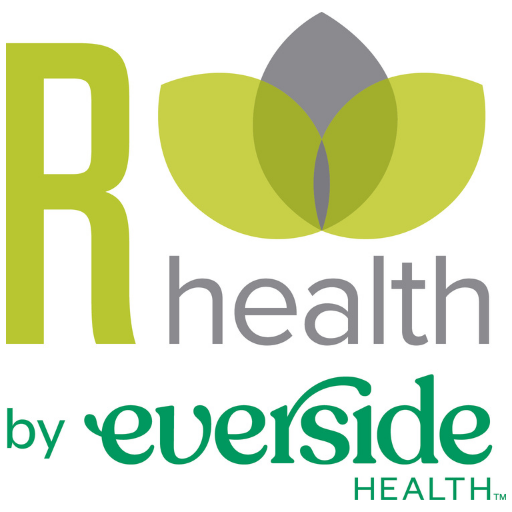R-Questions, Answered, Vol. IV
In what’s to be our final 2017 installment of our doctor Q&A, this last stop puts us in New Brunswick. Dr. James Bancroft leads the charge at R-Health New Brunswick, our newest location on Easton Avenue. With roots across the country, discover how Dr. Bancroft got into medicine, despite a few challenging areas. Furthermore, if you have any more questions for Dr. Bancroft, scheduling a meet and greet is the best way to get the answers you need. But for now, please enjoy our fun Q&A with him.
- Where are you originally from? I was born in Omaha, Nebraska. I grew up mostly in Maryland, just outside of Washington D.C
- Why did you study medicine? I always had an interest in health. I decided to go to medical school after teaching at a small high school. My favorite part of teaching was the one-on-one interactions.
- What was the hardest part of medical school? Being quizzed by the attending physicians and residents on a regular basis was probably the toughest.
- What do you do on a day off? I like to spend time with my family, catching up on laundry, doing yard work, working through a honey-do-list, and reading, so, a bunch of things.
- What’s your favorite TV show? I can’t say I have one favorite show. If I am watching TV, the channel is usually on a sports game and I am often doing something else at the time.
- Do you have bad handwriting? (They say all doctors do) I would consider my handwriting pretty good for a doctor, but, it has deteriorated.
- What’s is different about Direct Care that excites you? The opportunity to meet the needs of patients in different ways, such as offering longer appointments, phone visits, and even video visits.
- What’s the simplest piece of medical advice you can give? Really simple: stay active and eat more fruit and vegetables.
Dr. Bancroft’s office is open and he and his staff are eager to meet all new patients. If you’re interested in becoming a member of his practice, don’t hesitate – join today!

